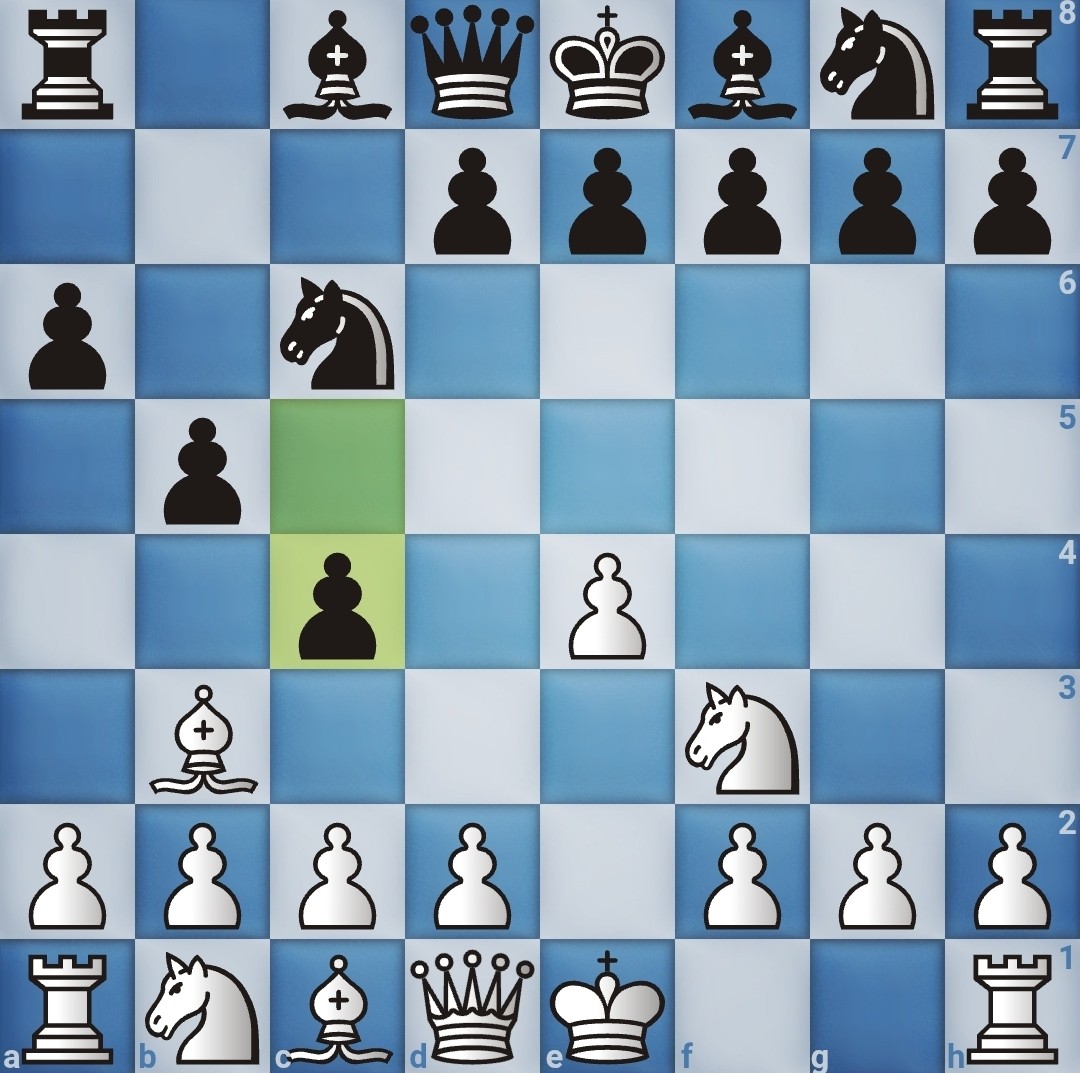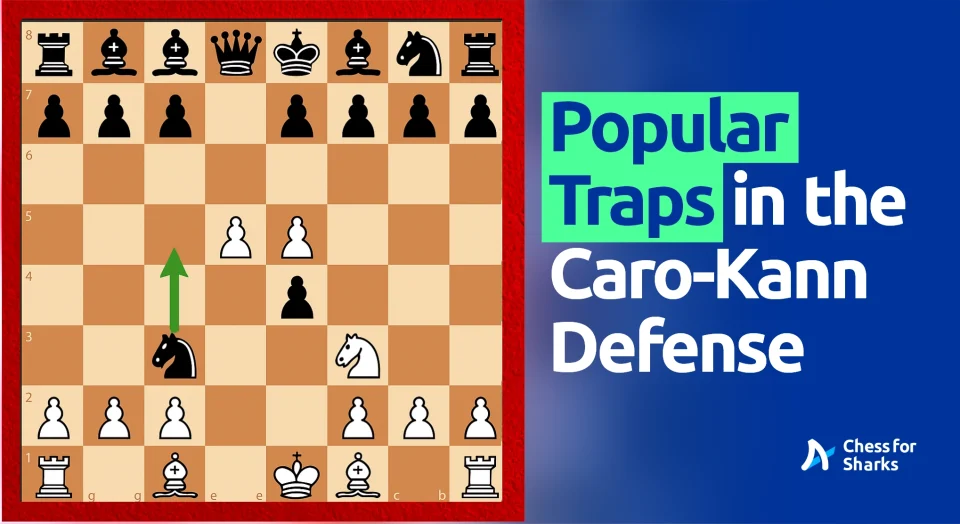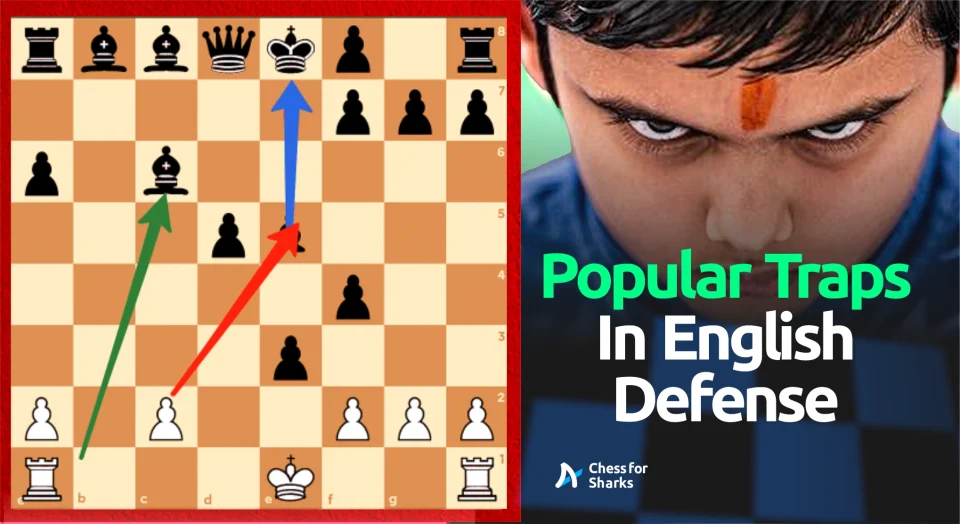It’s one of the best openings for Black. It’s the perfect counter for 1.e4 openings. It’s Magnus Carlsen’s favorite weapon with Black. It’s none other than the Sicilian Defense.
The Sicilian is a favorite of most grandmasters. This is because it is the opening with the highest success rate against 1.e4.
Its solid nature aside, the Sicilian also has some deadly traps that can be used to gain a huge advantage over unsuspecting White players.
We’ll be looking at 3 popular traps in the Sicilian Defense and how to utilize them when the opportunity arises.
How To Play The Sicilian Defense
Before we get into the wicked traps, it’s important to understand how to enter the Sicilian Defense.
It starts with 1. e4, to which Black replies with 1…c5. The c5 pawn immediately lays claim to the d4 square. If allowed, White would love to completely dominate the center with moves like e4 and d4. However, …c5 immediately stops the thrust of the d4 pawn.
Another thing …c5 does is that it stops Black’s pawn from being an immediate target. In openings where Black responds to 1. e4 with …e5, 2. Nf3 immediately attacks the Black pawn, and White would then have to find resources to defend the pawn. This does not happen when the Sicilian is in play.
There are multiple variations of the Sicilian, which we have covered in a previous post.
Traps In The Sicilian Defense
Now that we know the opening moves of the Sicilian, let’s look at the traps that can result from this opening.
Trap 1
This trap might seem too good to be true, but over 7000 players in the Lichess Database have fallen for it.
It starts off with the Kan Sicilian Variation: 1.e4 c5 2. Nf3 e6 3. d4 cxd4 4. Nxd4 a6. This is the Kan variation of the Sicilian.
The Kan Sicilian
From here, a good continuation is 5. Bd3, but at the beginner level and even intermediate level, White can blunder and play 5. Bf4.
While this may not look like a losing move, 5…e5 destroys White.
Both minor pieces are under attack, and White has to play 6. Bxe5. But after 6…Qa5+, White will lose their bishop on the next move.
6…Qa5+ wins the bishop
Trap 2
Traps in the Sicilian aren’t restricted to Black alone. White can also lay traps of their own for unsuspecting opponents. This particular trap stems from the Sveshnikov Variation.
The Sveshnikov starts after the moves: 1. e4 c5 2. Nf3 Nc6 3. d4 cxd4 4. Nxd4 Nf6 5. Nc3 e5. The e5 thrust is what characterizes the Sveshnikov variation.
The Sveshnikov Variation
From here, White goes 6. Ndb5 and looks to land on the d6 square. Black prevents that with 6…d6. White then pins the knight with 7. Bg5 and Black kicks away the white knight with 7…a6. The knight retreats with 8. Na3 and Black advances with 8…b5.
White now lays the trap by playing 9. Bxf6, giving Black two options: to capture with the queen or g-pawn. The best move is to capture with the pawn; however, many players may not want to disrupt their pawn structure and will instead play 9…Qxf6. From here the game is over.
White plays 10. Nd5, attacking the queen and threatening to fork the king and rook with Nc7. Black has to go back and defend with 10…Qd8. White now plays the stunning 11. Bxb5, sacrificing their light-squared bishop. Black has to capture with 11…axb5, and White jumps in with 12. Nxb5.
Nxb5 is the beginning of the end for Black
In this position, no matter what Black does, they’ll lose their rook.
They can only stall with 12…Qa5+, but after 13. c3, the threat still remains, and Black will lose the rook.
Trap 3
This trap is a very simple but effective one against unsuspecting opponents. It stems from the Rossolimo variation of the Sicilian. 1. e4 c5, 2. Nf3 Nc6, and White goes 3. Bb5, the Rossolimo variation.
The Rossolimo Variation
One of the popular continuations for Black here is to play 3…a6, challenging the bishop. The best move for White here is to capture the knight. However, players can sometimes become overly eager to keep their light-squared bishop and play 4. Ba4. Surprisingly, this move has been played over 50,000 times in the Lichess database.
From here, the game is lost as the bishop will be trapped after 4…b5 5. Bb3 and 5…c4. Black easily wins a bishop and most likely, the game.

5…c4 traps the bishop
Conclusion
The Sicilian is an excellent opening that can be played by players across all levels. Now you know some traps you can add to your Sicilian repertoire and dominate unsuspecting players.






join the conversation